New Delhi: Delhi’s air quality improved to the ‘poor’ category on Saturday, two days after Diwali as strong surface winds continued to aid the capital in dispersion of pollutants. Delhi’s average air quality index (AQI) stood at 291 (poor) at 8am, which was an improvement from the average AQI of 339 (very poor) recorded at 4pm on Friday, even as Delhi widely flouted its ban on firecrackers on both Thursday and Friday evening.

The air quality index (AQI) at 4pm before the celebrations began on Thursday was at 328, and held steady till about 9pm after which it began steadily worsening: 330 at 10pm, 338 at midnight, 347 at 3am and 362 at 9am, before the AQI began improving again — primarily down to strong surface winds of 10-15 km/hr and higher than normal temperature for this time of the year. The AQI was 354 at noon on Friday, 339 at 4pm and by 10pm, had improved to 314.
The Central Pollution Control Board (CPCB) classifies AQI between 0-50 as “good”, between 51 and 100 as “satisfactory”, between 101 and 200 as “moderate”, between 201 and 300 as “poor”, between 301 and 400 as “very poor”, and over 400 as “severe”.
But these figures were all 24-hour averages. In real time, PM2.5 levels in the city shot up by a staggering 15 times in some parts of the city on Thursday night, reaching as high as over 1,800 µg/m³ in certain residential areas, highlighting the impact firecrackers had on Delhi’s air. The World Health Organization sets the safe limit of PM2.5 exposure at 15µg/m³ India’s National Ambient Air Quality Standards sets it at 60µg/m³.
Experts said strong winds came to Delhi’s rescue, allowing simultaneous dispersion of pollutants. Similar wind speed is expected to continue throughout Saturday, before winds become comparatively calm on Sunday.
“We had steady winds throughout Diwali day and on Friday too. Wind speed was 12-16 km/hr till 6pm on Thursday. It dipped marginally, but remained between 3 and 7 km/hr through the night and again picked up to around 10 km/hr when the sun came out on Friday,” said an India Meteorological Department official, who asked not to be named.
HT’s analysis of real-time pollution monitoring data for Thursday showed in granular detail how concentrations of PM2.5, ultrafine particulates that mostly make up smoke, shot up in the evening: At the Nehru Nagar station, abutting Lajpat Nagar, hourly average PM2.5 concentration rose from 101 µg/m³ to a whopping 898 µg/m³ at 11pm, or a nearly nine-fold increase. At Anand Vihar, next to the residential settlements of Vivek Vihar, the peak 1am was 992 µg/m³, over seven times the 135 µg/m³ recorded at 6pm.
In instant readings, these numbers reached even more alarming figures: 1,853 µg/m³ at Vivek Vihar and 1,527 µg/m³ at Nehru Nagar.
That these spikes were due to firecrackers is clear when one takes into account readings at Narela and Najafgarh, both industrial zones that were empty as people went back home to celebrate Diwali. At Najafgarh, the peak was roughly 247 µg/m³ and in Narela, around 260 µg/m³ — both these stations recorded 80-90 µg/m³ in the evening, which made the increase the most moderate seen across the city.
Other data too suggested there was widespread violation of the firecracker ban. The Delhi Pollution Control Committee (DPCC) said of its 31 ambient noise monitoring stations, 22 recorded higher decibel levels this Diwali compared to last year. The highest decibel levels this Diwali were recorded at central Delhi’s Karol Bagh – an average of 88.7 dB (A), around 5% higher than the average reading of 84.5 dB (A) recorded last Diwali.
Mahesh Palawat, vice president at Skymet meteorology believes the improvement is likely to be shortlived, with winds to once again become calm on Sunday. “Until we have these winds, the AQI should benefit but by Sunday, we are expecting calm winds again and local pollutants will once again start to accumulate,” he said.

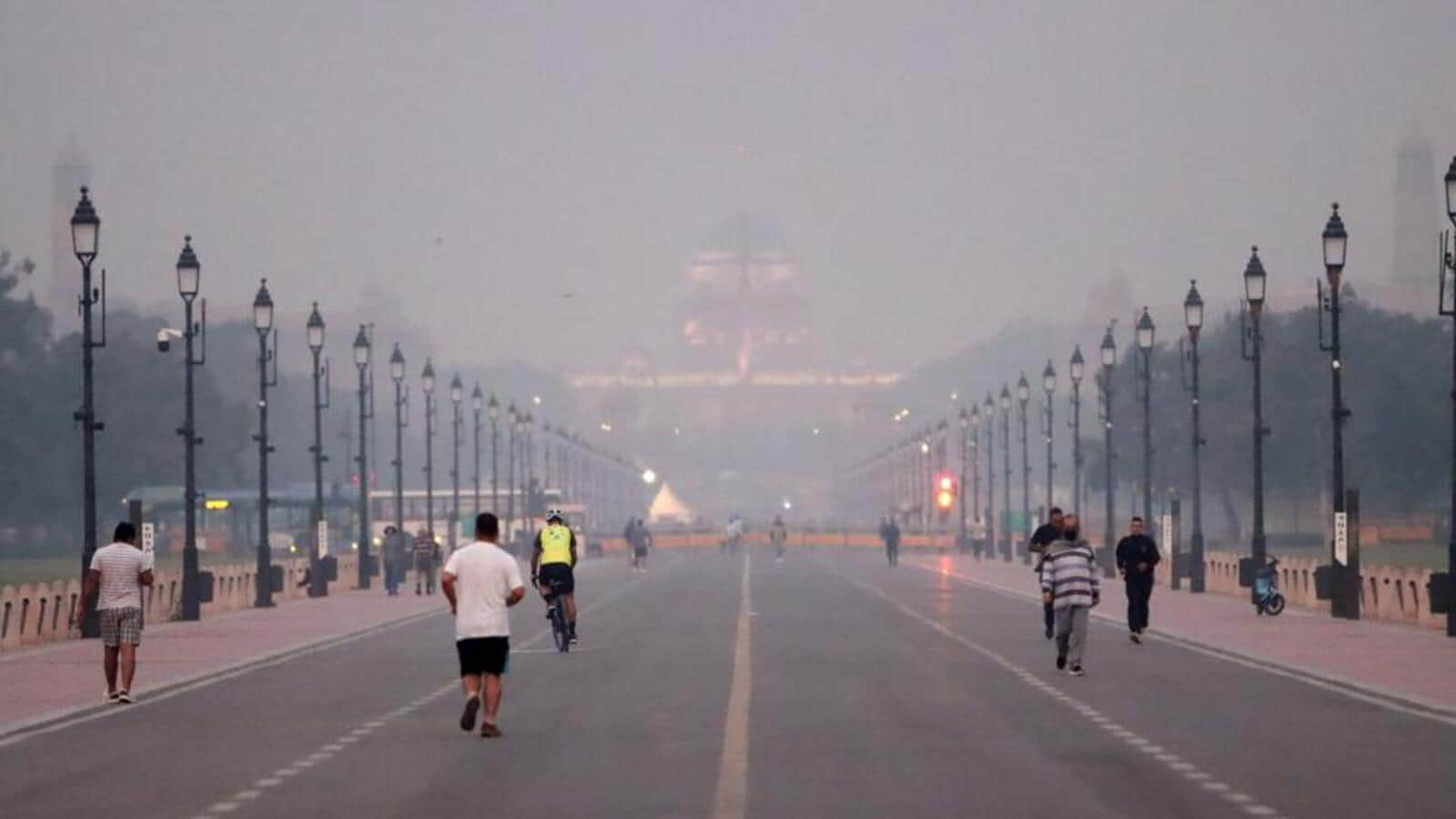

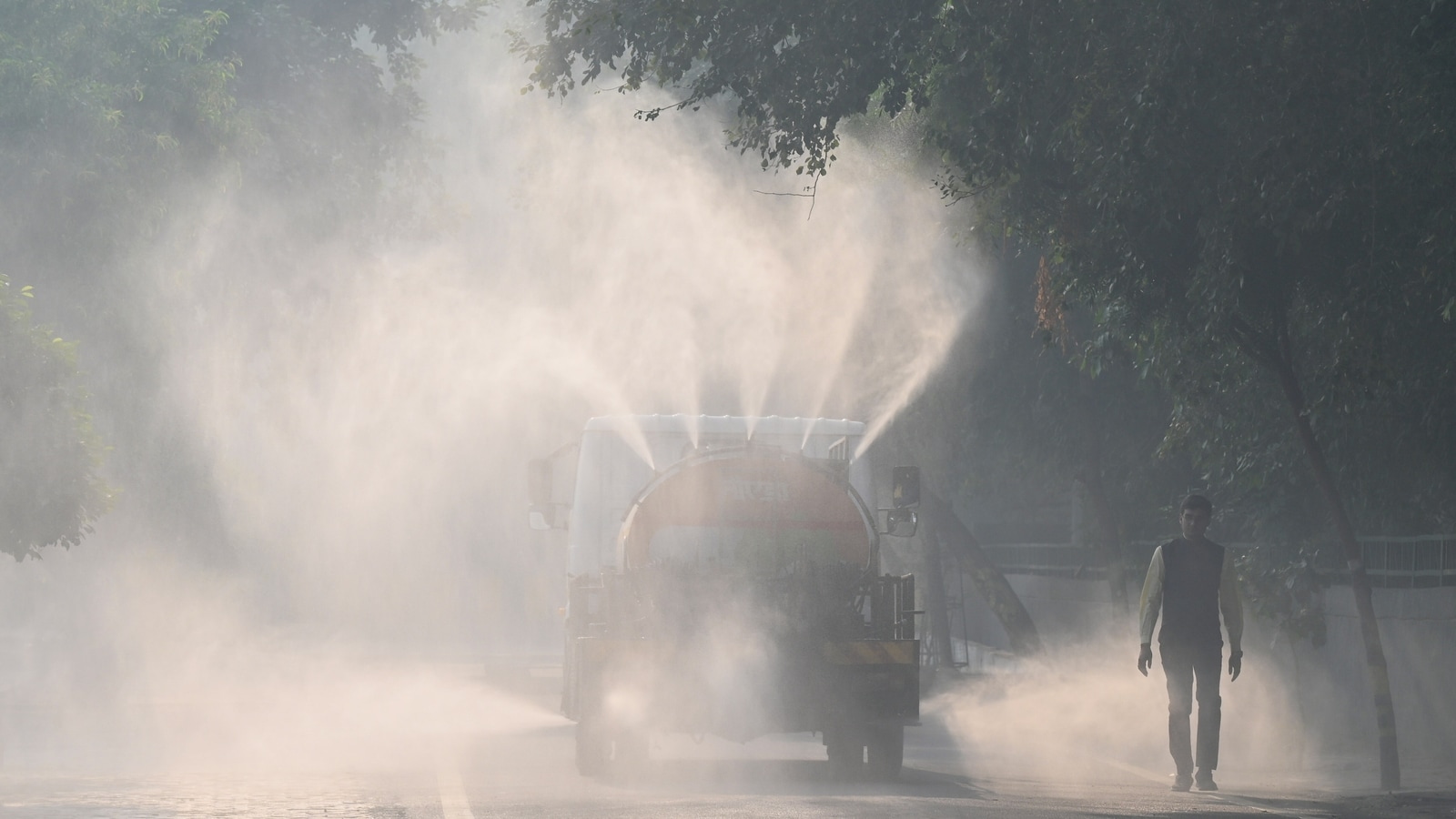
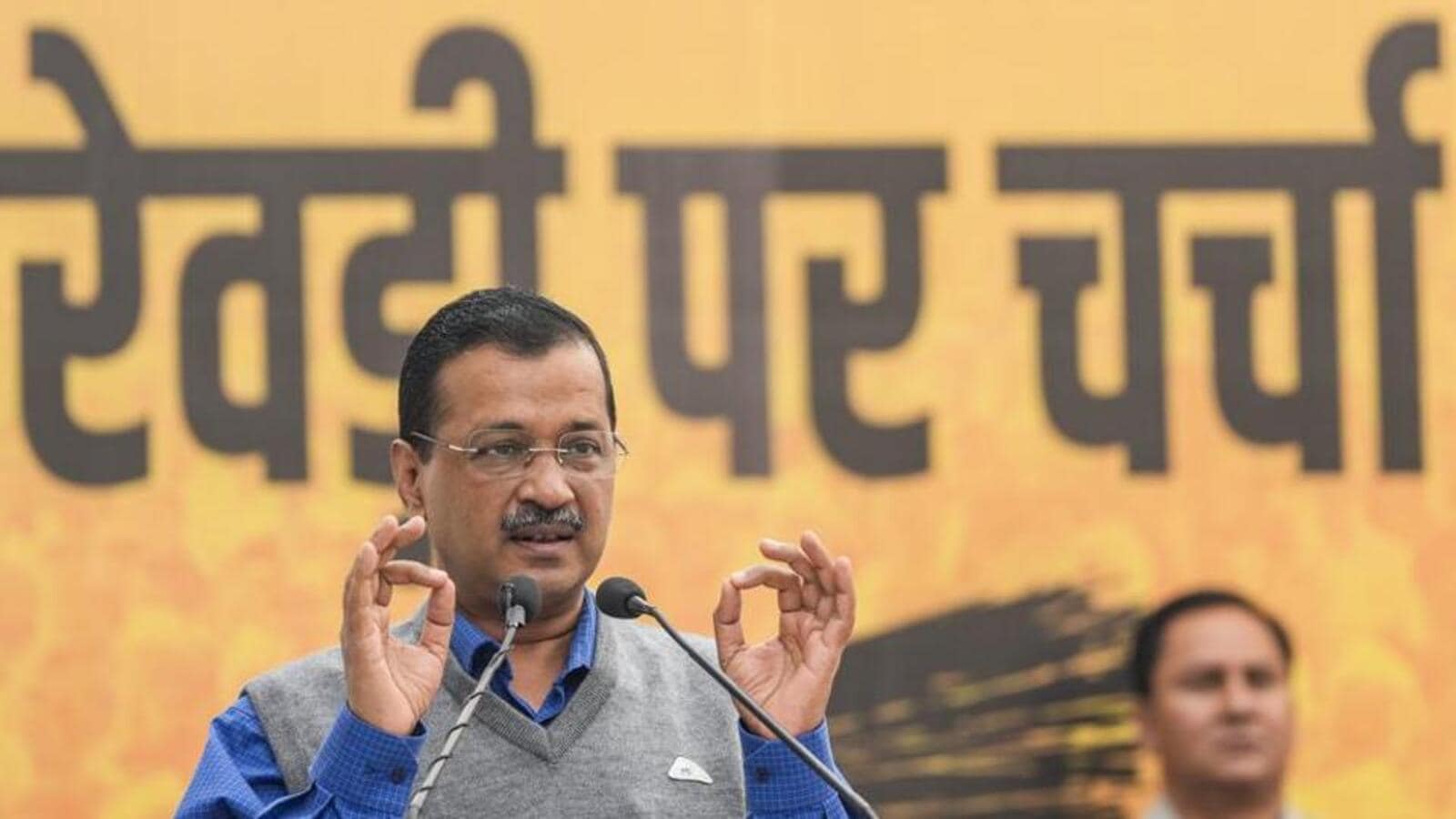
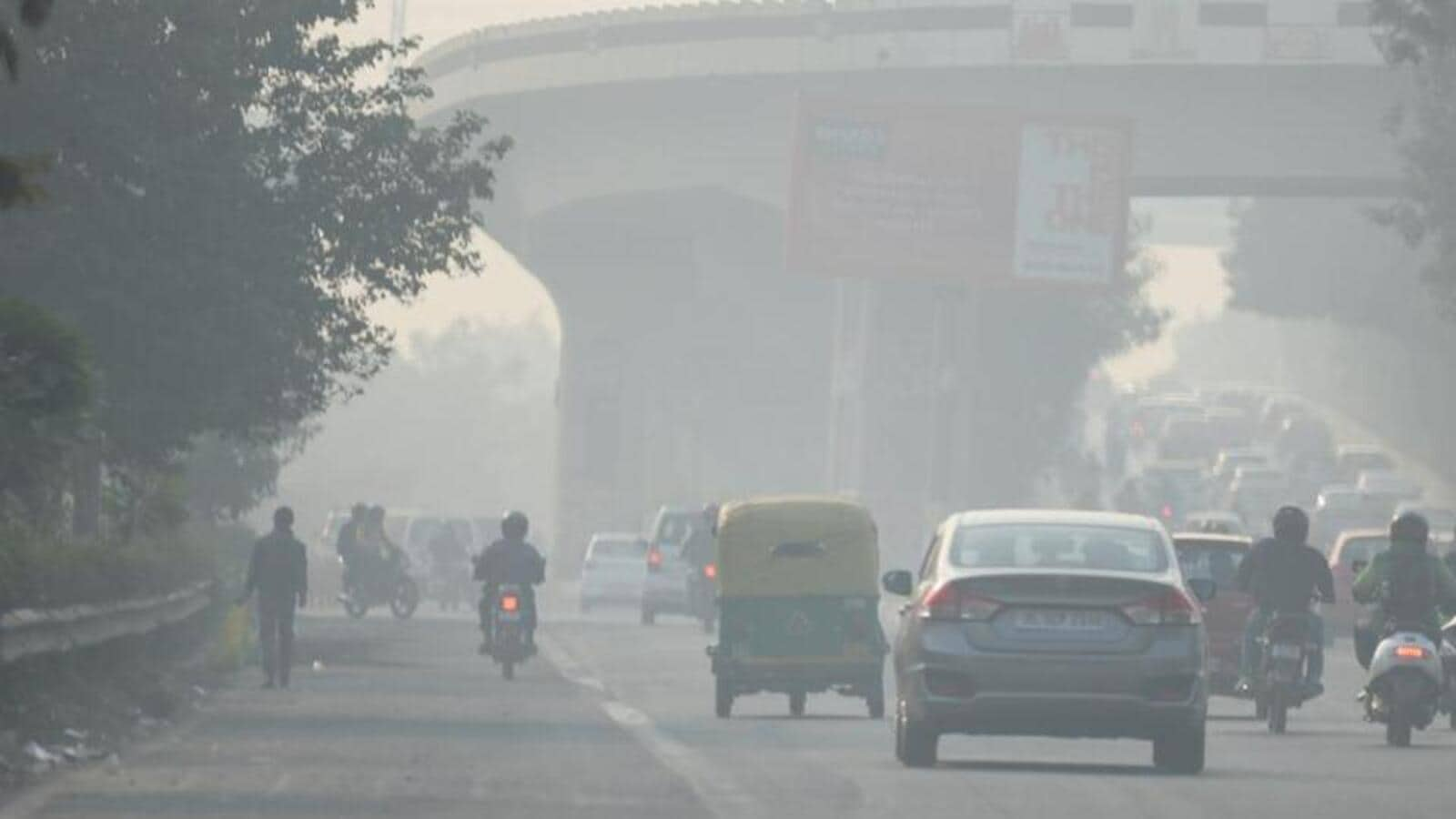
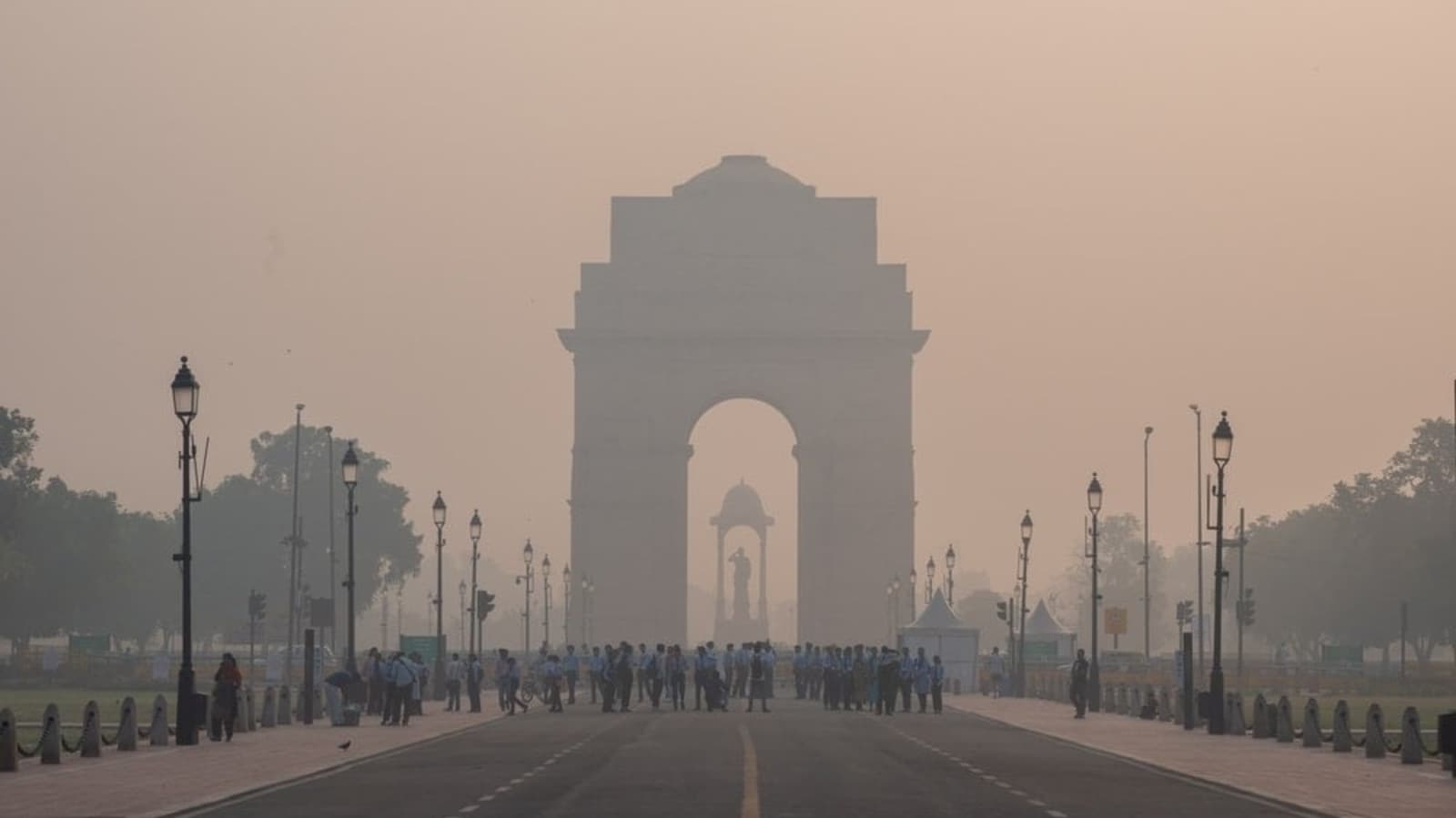

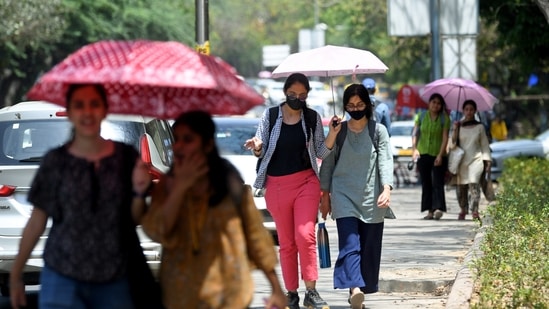


Leave a Reply